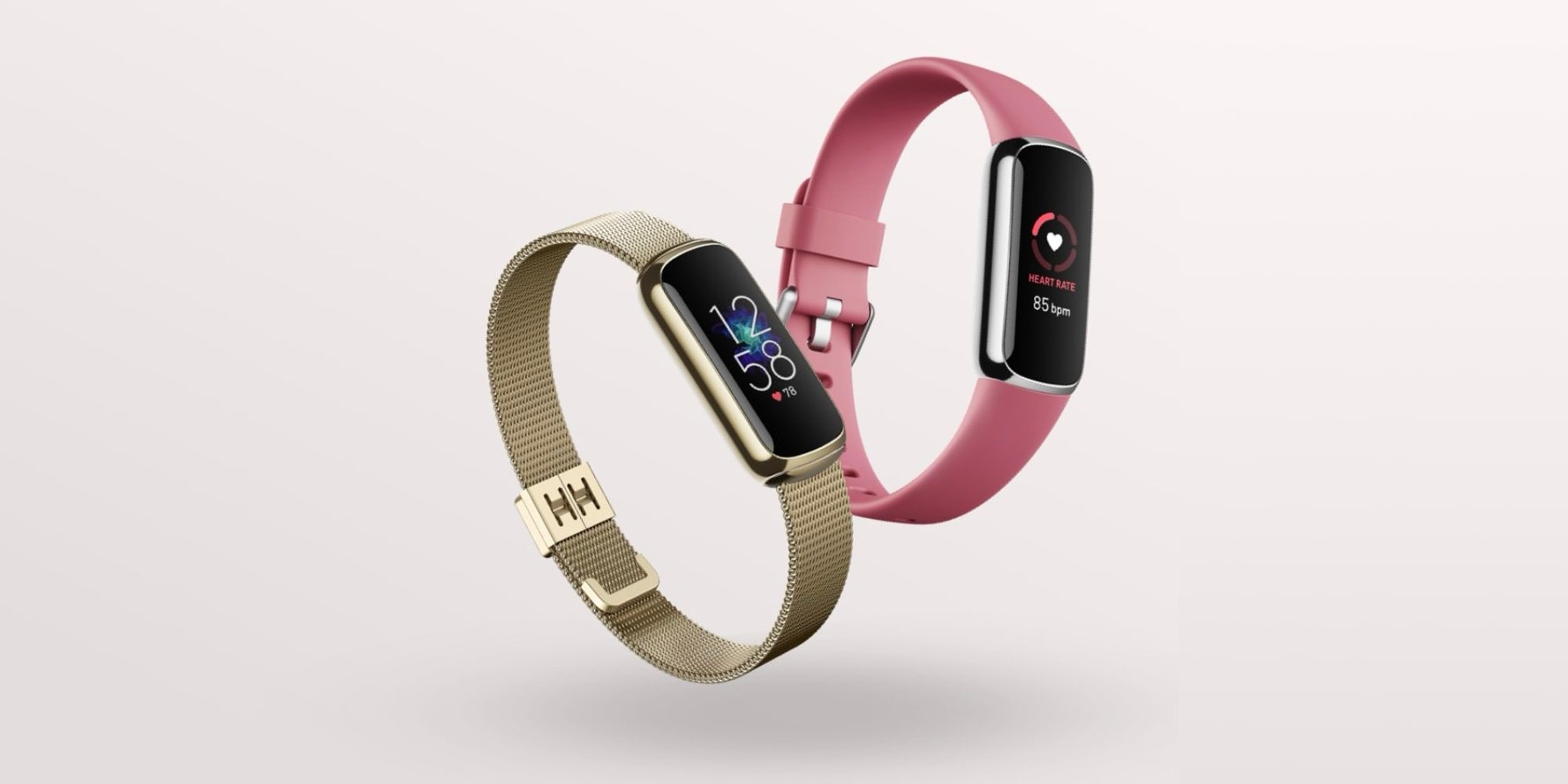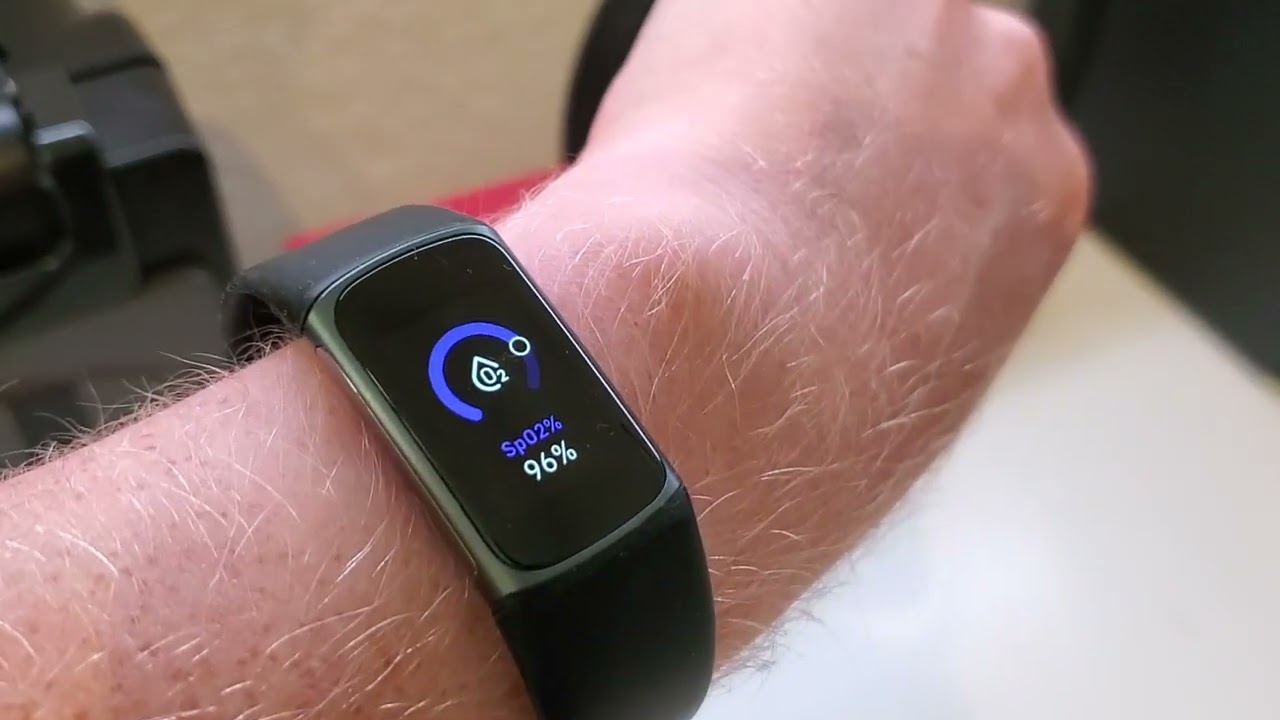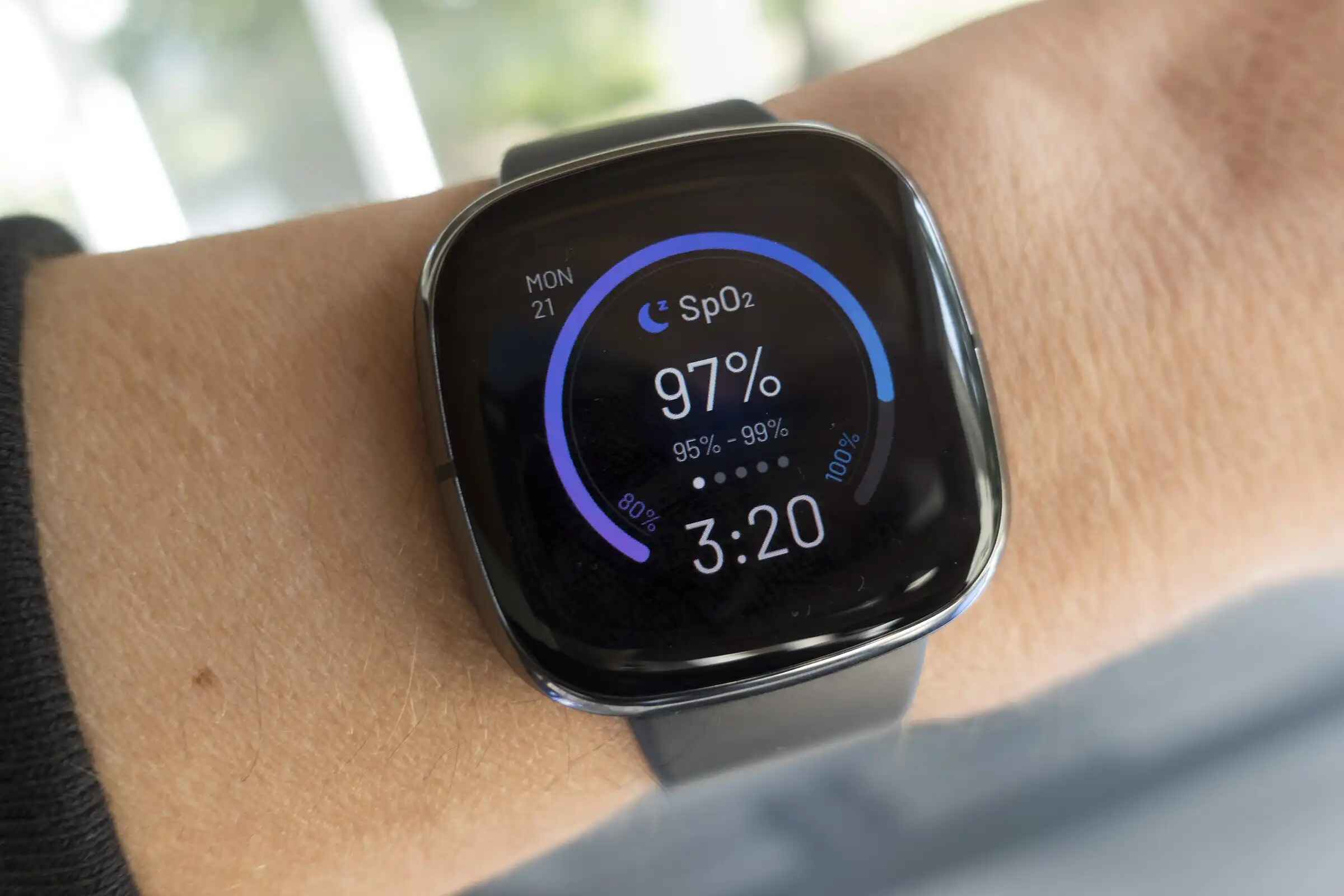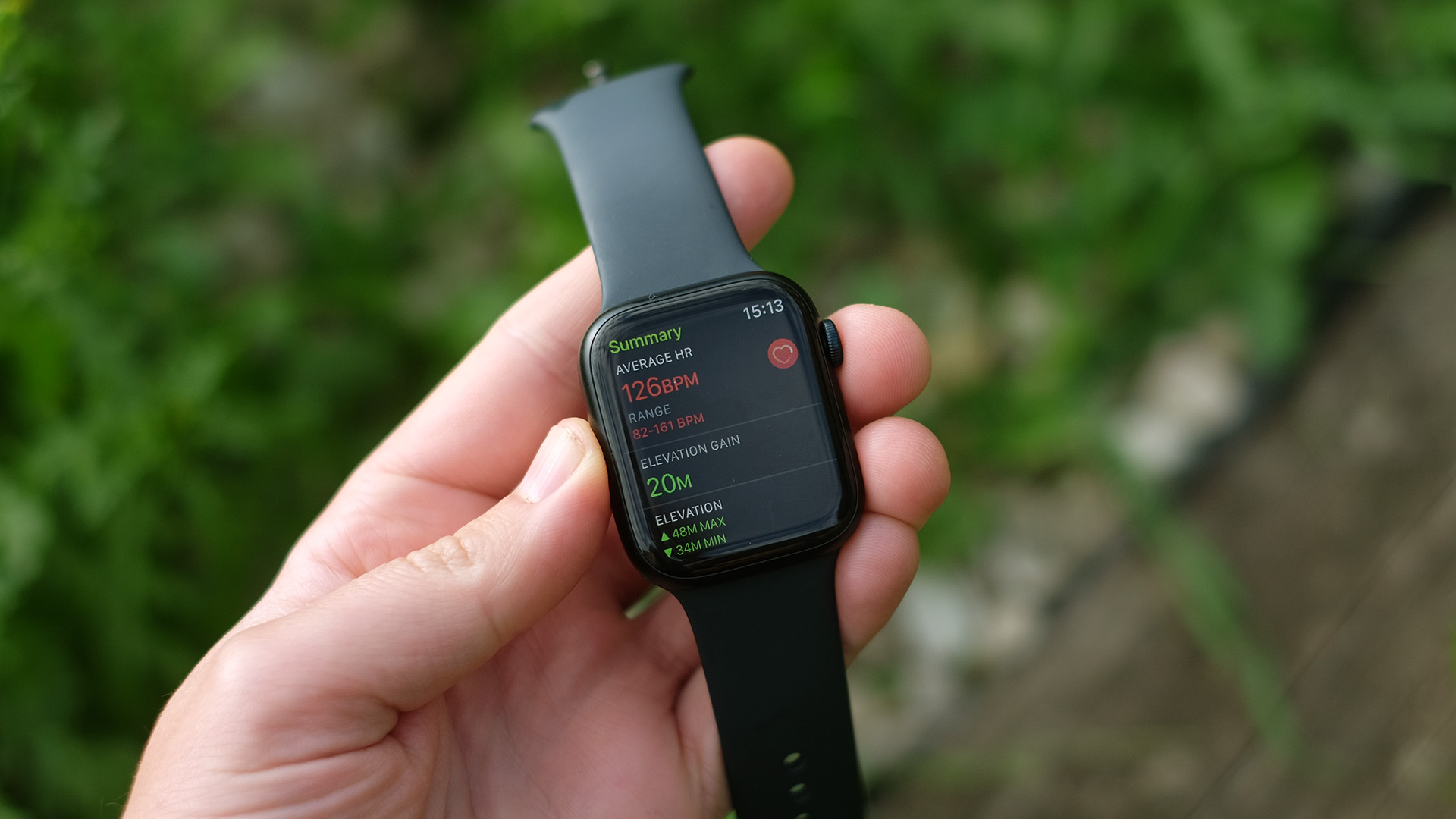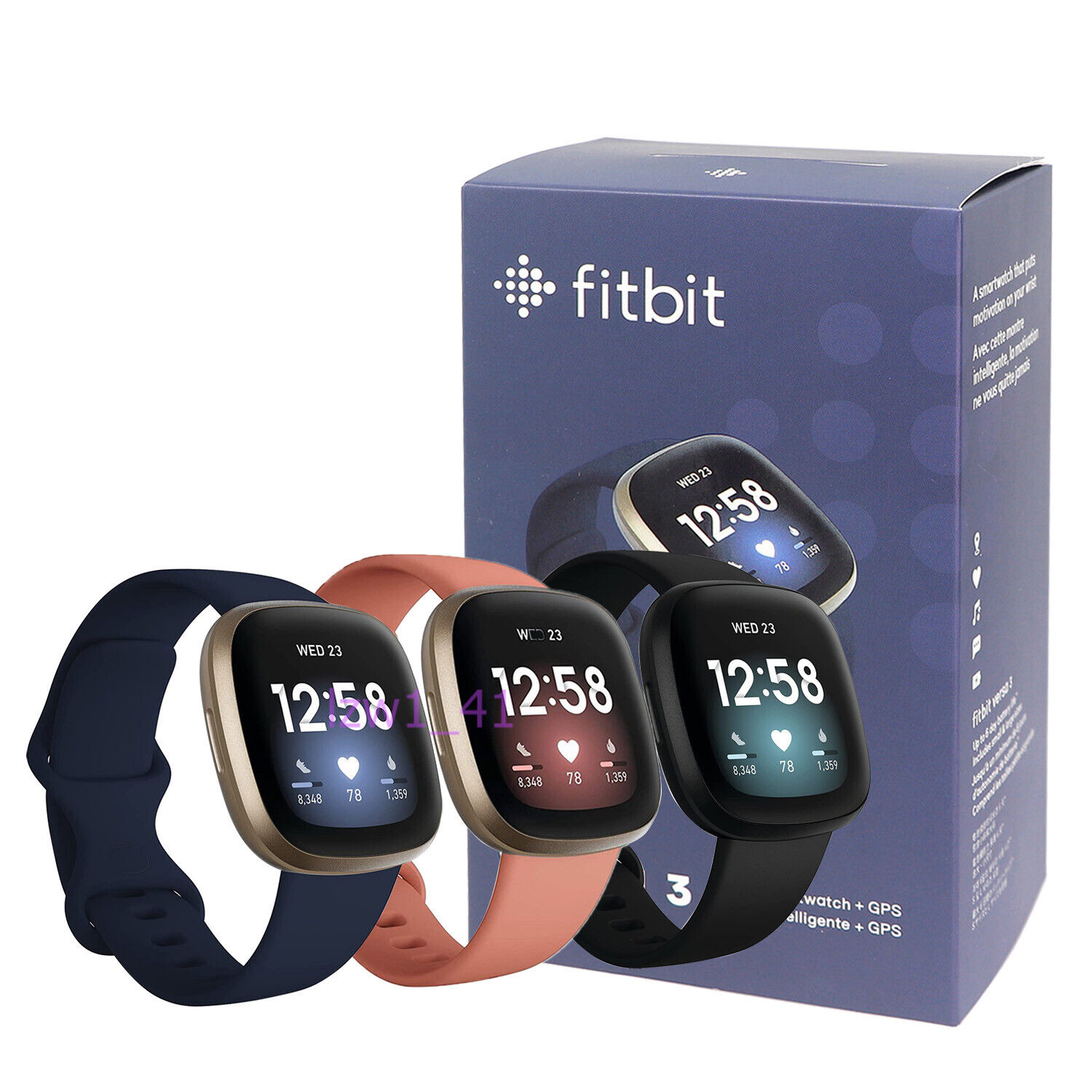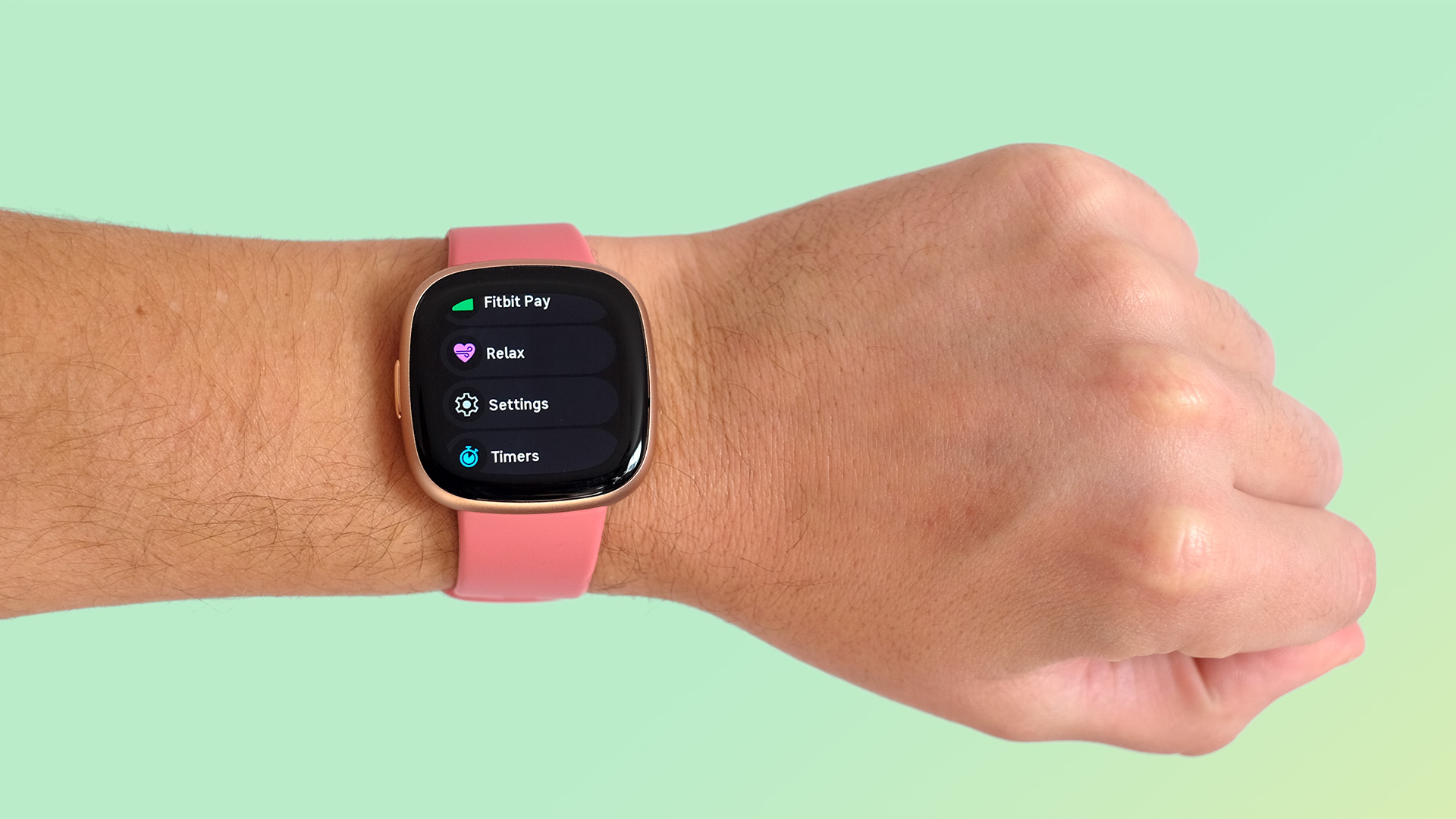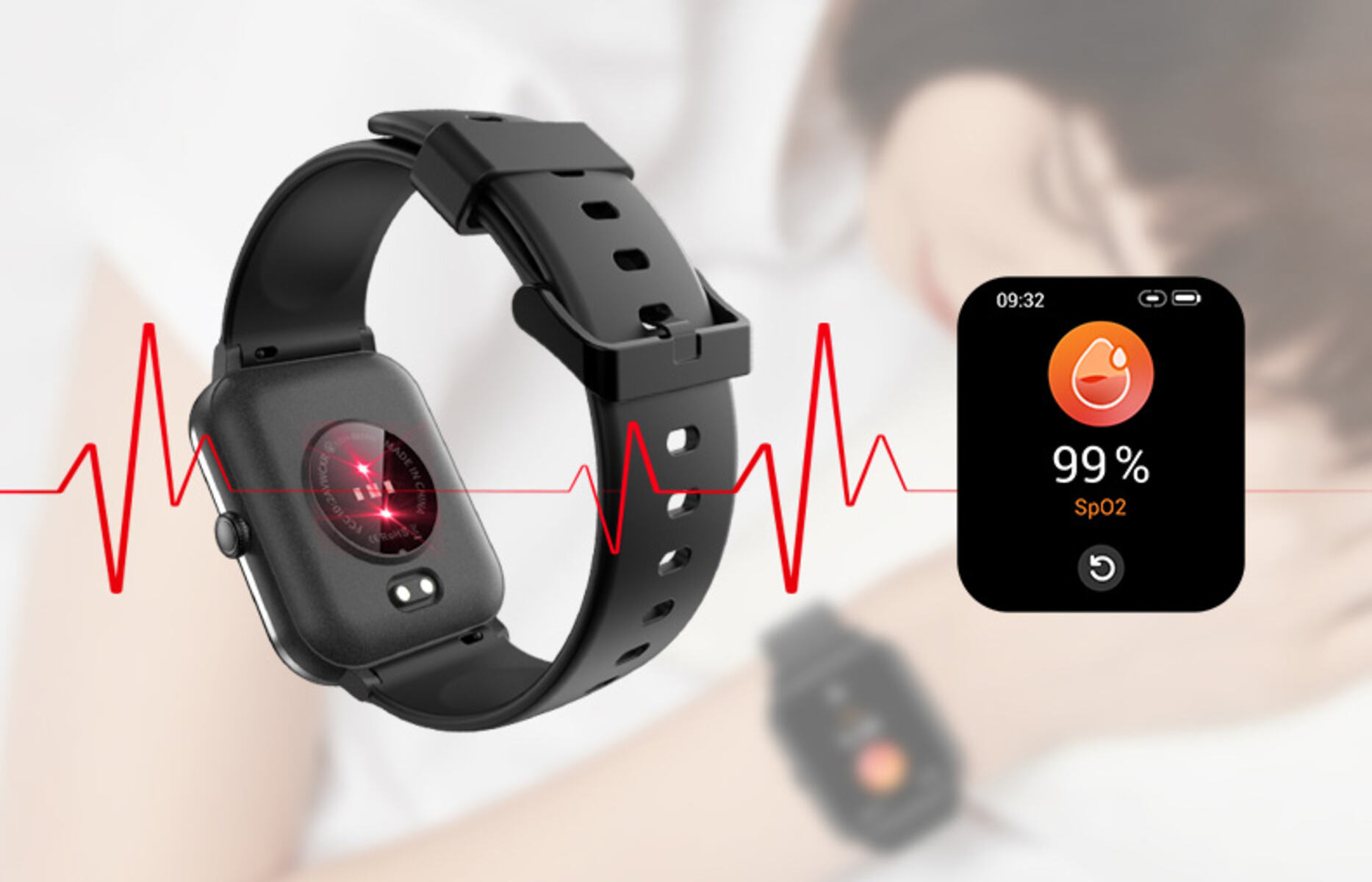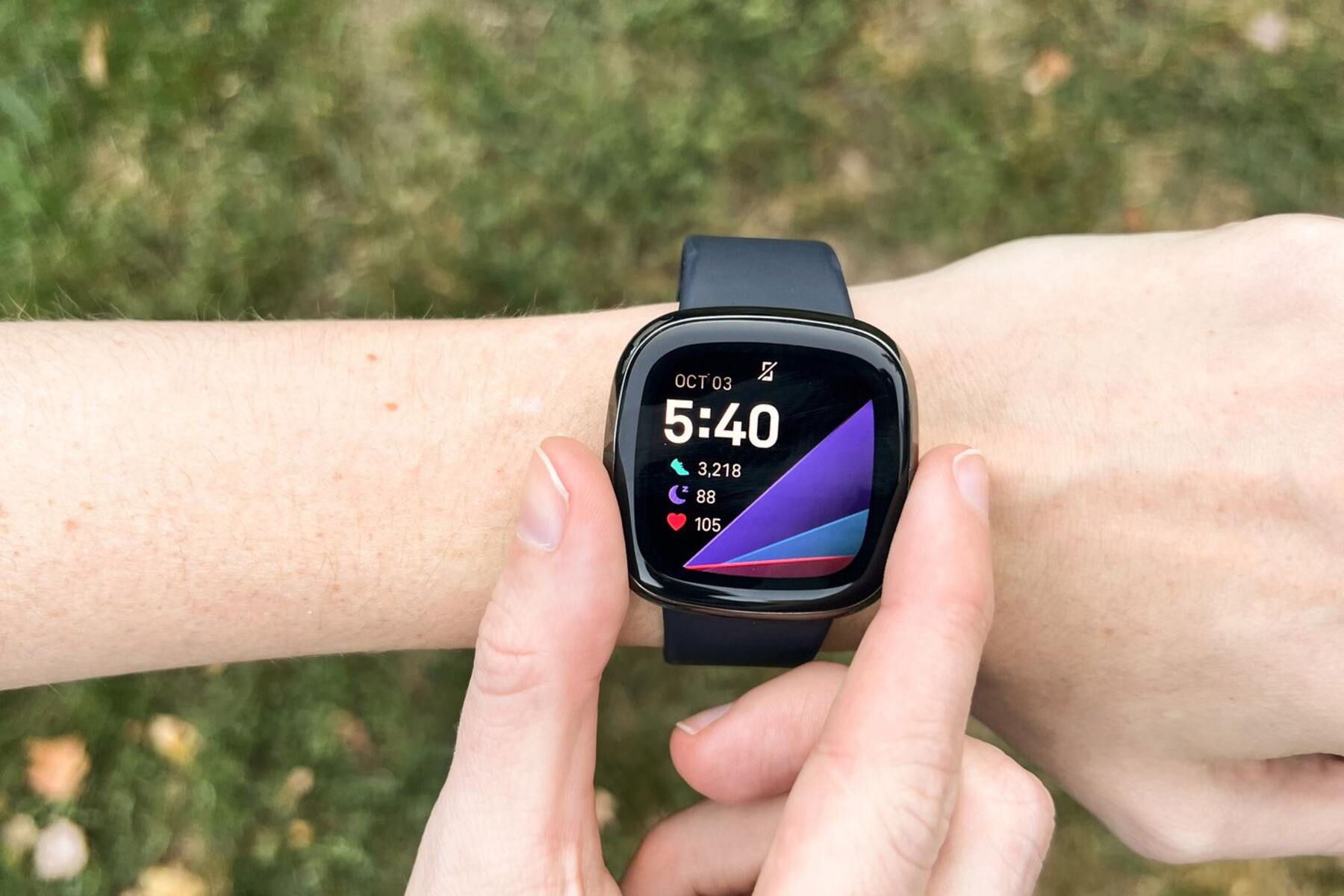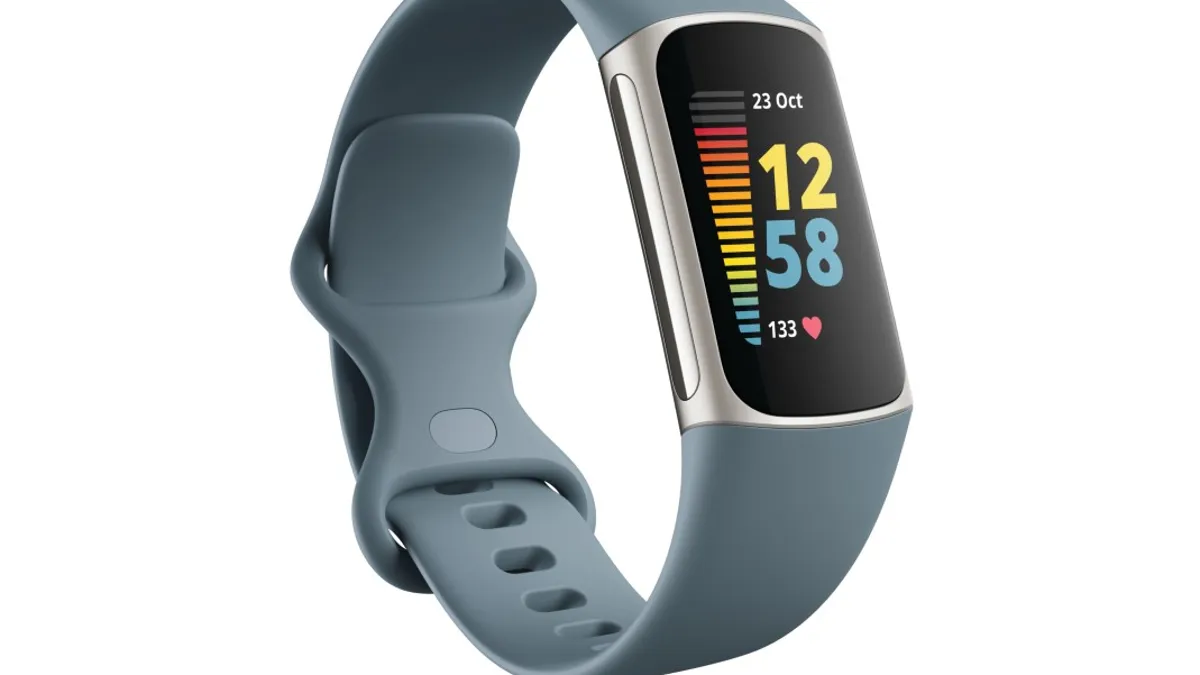Introduction
Wearable technology has revolutionized the way we monitor and track our health, and Fitbit has been at the forefront of this innovation. Among the array of health metrics it provides, the measurement of SpO2 stands out as a crucial indicator of overall well-being. Understanding the significance of SpO2 and how Fitbit tracks this vital metric is essential for anyone keen on optimizing their health and fitness journey.
The human body relies on a delicate balance of oxygen to function optimally, making SpO2 measurement a fundamental aspect of health monitoring. Through the use of advanced sensors, Fitbit devices are capable of providing users with valuable insights into their SpO2 levels, empowering them to make informed decisions about their well-being.
As we delve into the intricacies of SpO2 measurement and its interpretation, it becomes evident that this metric holds the key to understanding our body's oxygen saturation levels. By shedding light on how Fitbit harnesses this data, users can gain a deeper understanding of their physiological state and take proactive steps towards improving their health.
In the following sections, we will explore the concept of SpO2, its significance, the methodology behind Fitbit's SpO2 measurement, factors influencing accuracy, and the interpretation of SpO2 data. This comprehensive guide aims to equip readers with the knowledge needed to leverage Fitbit's SpO2 tracking capabilities effectively, ultimately promoting a holistic approach to health and well-being.
What is SpO2?
SpO2, or peripheral capillary oxygen saturation, is a vital physiological parameter that measures the amount of oxygen in the blood. This metric is expressed as a percentage and serves as a crucial indicator of the efficiency with which oxygen is being carried to the body's extremities. Essentially, SpO2 reflects the proportion of oxygen-saturated hemoglobin relative to the total hemoglobin in the blood.
The significance of SpO2 lies in its role as a key determinant of respiratory function and overall health. By gauging the oxygen saturation levels in the bloodstream, SpO2 provides valuable insights into the body's ability to supply oxygen to vital organs and tissues. Optimal SpO2 levels ensure that the body's metabolic processes are adequately supported, contributing to overall well-being and vitality.
In clinical settings, SpO2 is commonly measured using a pulse oximeter, a non-invasive device that attaches to a fingertip, earlobe, or toe. This device emits light at specific wavelengths through the skin, allowing it to detect the absorption of light by oxygenated and deoxygenated hemoglobin. By analyzing the differences in light absorption, the pulse oximeter computes the SpO2 level, providing healthcare professionals with essential information about a patient's respiratory function.
In the context of wearable technology, such as Fitbit devices, SpO2 measurement has become increasingly accessible to consumers. Fitbit utilizes advanced sensors to monitor SpO2 levels, offering users the opportunity to track this vital metric continuously. This capability empowers individuals to gain a deeper understanding of their respiratory health and make informed decisions about their well-being.
Understanding SpO2 is pivotal for individuals seeking to optimize their health and fitness. By monitoring SpO2 levels, users can gain insights into their body's oxygenation status, enabling them to adjust their activities, sleep patterns, and overall lifestyle to support optimal oxygen saturation. This proactive approach to health management underscores the significance of SpO2 as a fundamental component of holistic well-being.
Importance of SpO2 Measurement
The measurement of SpO2 holds immense significance in the realm of health monitoring and is a pivotal component of comprehensive wellness management. By gauging the oxygen saturation levels in the bloodstream, SpO2 provides valuable insights into the body's respiratory function and overall well-being. This metric serves as a crucial indicator of the efficiency with which oxygen is being transported to the body's extremities, offering a window into the body's physiological state.
Optimal SpO2 levels are indicative of well-supported metabolic processes and effective oxygen delivery to vital organs and tissues. Conversely, low SpO2 levels can signal potential respiratory issues or inadequate oxygen supply, necessitating proactive intervention. By continuously monitoring SpO2 levels, individuals can gain a deeper understanding of their respiratory health and make informed decisions to support optimal oxygen saturation.
In the context of fitness and physical activity, SpO2 measurement becomes particularly relevant. During exercise, the body's oxygen demands increase, and efficient oxygen delivery is essential for sustaining performance and promoting recovery. By tracking SpO2 levels, individuals can gauge their oxygenation status during workouts, ensuring that their bodies are adequately supported to meet the heightened oxygen demands.
Moreover, SpO2 measurement plays a crucial role in sleep monitoring and management. During sleep, maintaining optimal oxygen saturation levels is vital for restorative rest and overall well-being. By leveraging SpO2 data, individuals can gain insights into their breathing patterns and oxygen levels during sleep, empowering them to identify potential issues and take proactive measures to improve sleep quality.
For individuals with respiratory conditions, such as asthma or chronic obstructive pulmonary disease (COPD), SpO2 measurement becomes an invaluable tool for monitoring and managing their health. By tracking SpO2 levels, individuals can proactively assess their respiratory function and detect potential fluctuations, enabling timely intervention and personalized health management.
In essence, the importance of SpO2 measurement lies in its role as a fundamental indicator of respiratory function and overall well-being. By continuously monitoring SpO2 levels, individuals can gain valuable insights into their body's oxygenation status, empowering them to make informed decisions about their health, fitness, and overall lifestyle. This proactive approach to health management underscores the significance of SpO2 as a vital component of holistic well-being.
How Fitbit Measures SpO2
Fitbit employs a sophisticated approach to measure SpO2 levels, harnessing advanced sensor technology to provide users with valuable insights into their oxygen saturation. The process begins with the integration of specialized optical sensors within Fitbit devices, enabling the non-invasive monitoring of SpO2 levels throughout the day and during sleep.
The optical sensors utilized by Fitbit emit and detect specific wavelengths of light that penetrate the skin, allowing for the assessment of oxygen saturation in the bloodstream. When light passes through the skin, it interacts with oxygenated and deoxygenated hemoglobin, leading to variations in light absorption. Fitbit's sensors capture these fluctuations and analyze the data to derive SpO2 levels, offering users a comprehensive view of their oxygenation status.
Fitbit's continuous SpO2 monitoring capability enables users to gain insights into their oxygen saturation patterns over time, facilitating a holistic understanding of their respiratory health. By leveraging this data, individuals can identify trends in their SpO2 levels, detect potential fluctuations, and make informed decisions to support optimal oxygen saturation.
Furthermore, Fitbit's SpO2 measurement extends to sleep tracking, providing users with detailed information about their oxygen saturation levels during the night. This feature is particularly valuable for individuals seeking to assess their breathing patterns and respiratory health during sleep, empowering them to optimize their sleep environment and habits for enhanced well-being.
Fitbit's approach to SpO2 measurement represents a significant advancement in wearable health technology, offering users a seamless and insightful means of monitoring their oxygen saturation levels. By integrating advanced optical sensors and continuous monitoring capabilities, Fitbit ensures that individuals have access to valuable SpO2 data, empowering them to take proactive steps towards optimizing their respiratory health and overall well-being.
In essence, Fitbit's methodology for measuring SpO2 exemplifies the brand's commitment to providing users with comprehensive health insights. By harnessing advanced sensor technology, Fitbit enables individuals to gain a deeper understanding of their oxygen saturation levels, fostering a proactive approach to health management and wellness optimization.
Factors Affecting SpO2 Accuracy
The accuracy of SpO2 measurements is influenced by various factors that warrant consideration to ensure reliable and insightful data interpretation. Understanding the elements that can impact SpO2 accuracy is essential for users seeking to leverage this metric effectively for health and wellness management.
-
Motion and Activity Levels: Physical movement and high activity levels can affect SpO2 accuracy, particularly during exercise or vigorous motion. The motion artifacts generated during such activities can introduce interference in the SpO2 readings, potentially leading to fluctuations or inaccuracies. Fitbit users should be mindful of the potential impact of motion on SpO2 measurements, aiming to assess their oxygen saturation during periods of minimal movement for optimal accuracy.
-
Skin Tone and Pigmentation: The skin's pigmentation and tone can influence the accuracy of SpO2 measurements obtained through optical sensors. Individuals with darker skin tones may experience challenges in achieving precise SpO2 readings due to the absorption and reflection of light by the skin. Fitbit users should be aware of the potential impact of skin pigmentation on SpO2 accuracy, recognizing the need for additional considerations when interpreting their oxygen saturation data.
-
Environmental Conditions: Environmental factors, such as high altitudes or ambient light, can impact the accuracy of SpO2 measurements. At elevated altitudes, where oxygen levels are lower, SpO2 readings may naturally reflect reduced oxygen saturation. Additionally, ambient light sources can interfere with the optical sensors' ability to accurately capture SpO2 data. Fitbit users should account for environmental influences when assessing their SpO2 measurements, acknowledging the potential impact of external conditions on accuracy.
-
Device Positioning and Fit: The positioning and fit of the Fitbit device can significantly influence the accuracy of SpO2 measurements. Ensuring proper device placement and a secure fit is crucial for obtaining reliable SpO2 data. Inadequate positioning or loose-fitting devices may compromise the optical sensors' ability to capture precise SpO2 readings. Fitbit users should prioritize optimal device placement and a secure fit to enhance the accuracy of their SpO2 measurements.
-
User Health and Physiology: Individual health factors and physiological characteristics can impact SpO2 accuracy. Conditions such as poor circulation, peripheral vascular diseases, or nail polish can affect the reliability of SpO2 measurements. Fitbit users should be mindful of their unique health considerations and physiological attributes when interpreting SpO2 data, recognizing the potential influence of individual health factors on accuracy.
By acknowledging and addressing these factors, Fitbit users can optimize the accuracy of their SpO2 measurements, empowering them to make informed decisions about their respiratory health and overall well-being. Awareness of these influencing elements enhances the meaningful interpretation of SpO2 data, fostering a proactive approach to health management and wellness optimization.
Interpreting Fitbit SpO2 Data
Interpreting Fitbit SpO2 data is a pivotal aspect of leveraging this health metric effectively for comprehensive wellness management. The insights derived from SpO2 measurements offer valuable information about the body's oxygen saturation levels, providing users with a window into their respiratory health and overall well-being.
When analyzing Fitbit SpO2 data, users should consider the context in which the measurements were obtained. For instance, SpO2 levels during sleep can offer insights into breathing patterns and potential respiratory issues that may impact overall sleep quality. Monitoring trends in overnight SpO2 levels can help identify variations and potential disturbances, empowering individuals to optimize their sleep environment and habits for enhanced well-being.
During periods of physical activity, tracking SpO2 levels can provide valuable feedback on oxygen saturation during exercise and recovery. Understanding how SpO2 levels fluctuate in response to different activities can help individuals gauge their body's oxygenation status and adjust their workout intensity or duration accordingly. By correlating SpO2 data with physical exertion, users can optimize their fitness routines and ensure that their bodies are adequately supported to meet the increased oxygen demands during exercise.
Moreover, continuous monitoring of SpO2 levels throughout the day offers a comprehensive view of respiratory health and oxygen saturation patterns. By observing trends and fluctuations in SpO2 data over time, individuals can gain insights into their body's response to various environmental and physiological factors. This holistic understanding enables proactive adjustments to lifestyle, sleep patterns, and overall well-being to support optimal oxygen saturation.
Fitbit SpO2 data interpretation also involves recognizing individual patterns and establishing personalized baseline SpO2 levels. By establishing a baseline, users can identify deviations from their typical oxygen saturation range, potentially signaling changes in respiratory health or well-being. This personalized approach to SpO2 data interpretation enables users to detect anomalies and fluctuations, prompting further investigation or adjustments to support optimal respiratory function.
In essence, interpreting Fitbit SpO2 data entails contextualizing the measurements within daily activities, sleep patterns, and overall health. By recognizing the significance of SpO2 levels in various scenarios and establishing personalized baselines, individuals can harness the full potential of this health metric to make informed decisions about their respiratory health and well-being. This proactive approach to SpO2 data interpretation aligns with Fitbit's commitment to empowering users with actionable insights for holistic wellness management.
Conclusion
In conclusion, the integration of SpO2 measurement capabilities within Fitbit devices signifies a significant advancement in wearable health technology. The ability to continuously monitor oxygen saturation levels empowers users to gain valuable insights into their respiratory health, sleep patterns, and overall well-being. By understanding the significance of SpO2 and its interpretation, individuals can proactively manage their health and make informed decisions to support optimal oxygen saturation.
Fitbit's approach to SpO2 measurement reflects a commitment to providing users with comprehensive health insights. The utilization of advanced optical sensors and continuous monitoring capabilities ensures that individuals have access to valuable SpO2 data, fostering a proactive approach to health management and wellness optimization. The seamless integration of SpO2 tracking within Fitbit devices aligns with the brand's mission to empower users with actionable insights for holistic well-being.
The interpretation of Fitbit SpO2 data extends beyond numerical values, encompassing contextual analysis of measurements obtained during sleep, physical activity, and daily routines. By recognizing individual patterns and establishing personalized baselines, users can harness the full potential of SpO2 data to make informed decisions about their respiratory health and overall wellness. This personalized approach to SpO2 data interpretation exemplifies the user-centric design of Fitbit's health monitoring features.
In essence, the inclusion of SpO2 measurement capabilities within Fitbit devices represents a pivotal step towards promoting proactive health management and holistic well-being. By leveraging the insights derived from SpO2 data, individuals can optimize their lifestyle, sleep habits, and fitness routines to support optimal oxygen saturation. Fitbit's dedication to providing users with accessible and insightful SpO2 monitoring exemplifies the brand's commitment to enhancing the health and wellness of its users.
As individuals continue to prioritize their well-being and seek comprehensive health insights, the integration of SpO2 measurement within wearable devices like Fitbit serves as a testament to the evolving landscape of health technology. By embracing the opportunities presented by SpO2 monitoring, users can embark on a journey towards proactive health management and empowered decision-making, ultimately fostering a holistic approach to well-being.
The integration of SpO2 measurement capabilities within Fitbit devices signifies a significant advancement in wearable health technology. The ability to continuously monitor oxygen saturation levels empowers users to gain valuable insights into their respiratory health, sleep patterns, and overall well-being. By understanding the significance of SpO2 and its interpretation, individuals can proactively manage their health and make informed decisions to support optimal oxygen saturation.







